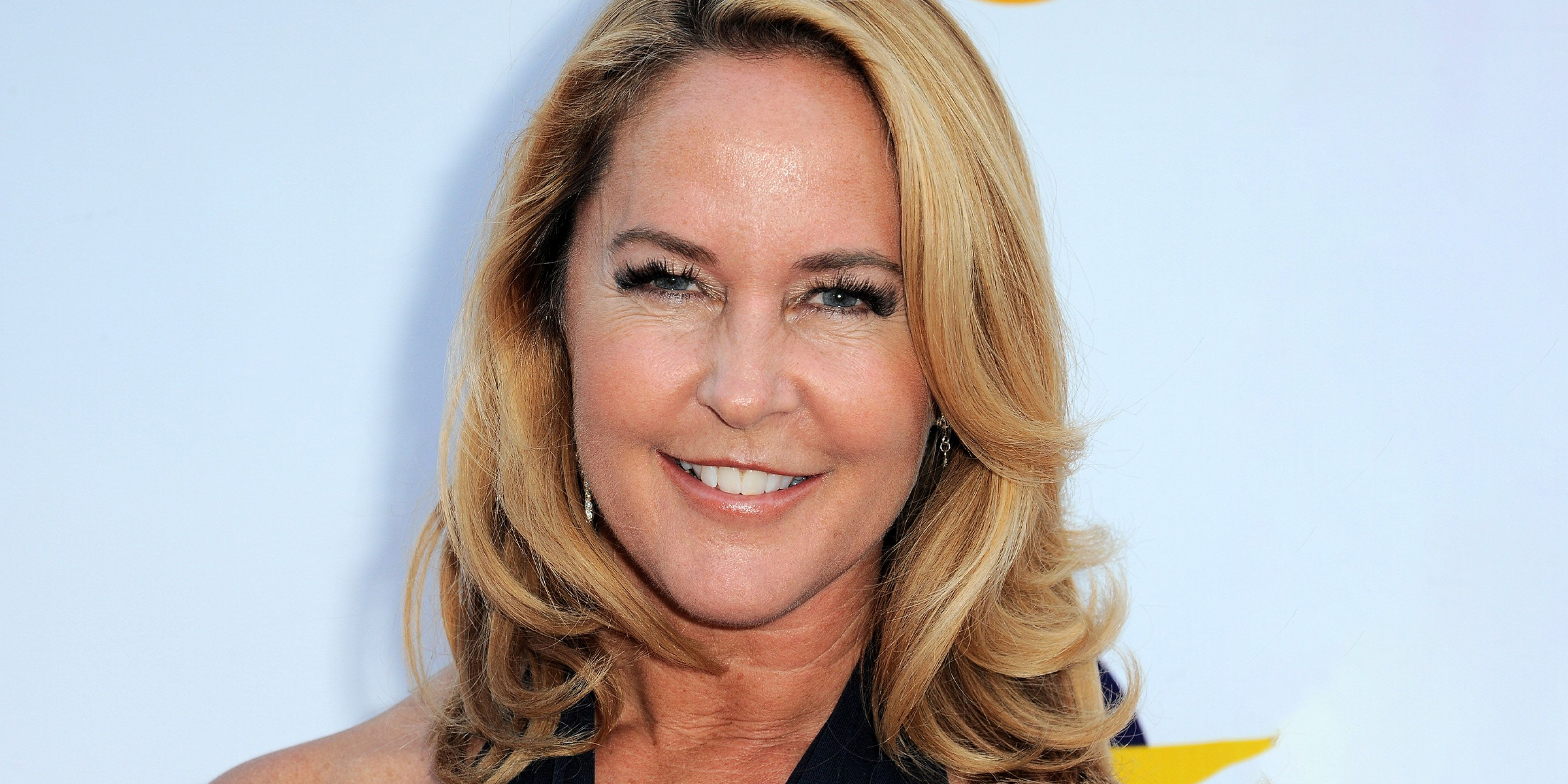
Once a '70s Child Star, She Left the Spotlight to Raise 6 Children, Including One with Autism – Her Story
She once starred in a hit TV show before choosing a life far from the spotlight. Years later, she was spending Sundays at the beach, helping her son find confidence. Her story is one of early fame, a deliberate exit, and a quiet return to something more meaningful.
She was once a regular presence on television, known to millions by a single character name. But when the cameras stopped rolling, she didn't chase the next role. Instead, she walked away by choice and began building a very different life.
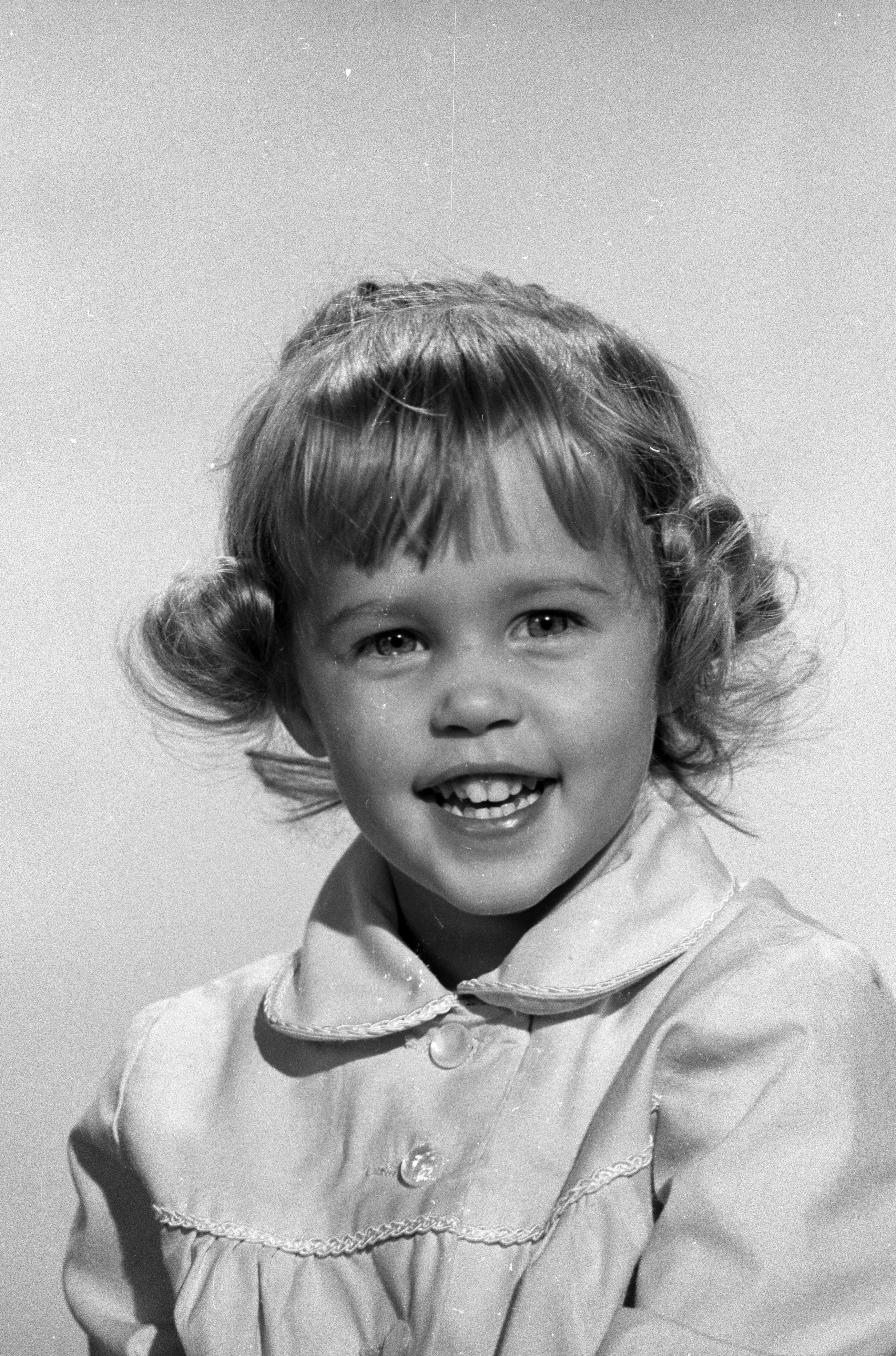
The actress pictured on March 30, 1967 | Source: Getty Images
At home, she raised six children, one of whom was diagnosed with autism. Over time, her focus shifted to caregiving, advocacy, and staying present in ways fame never required. Her decisions were deliberate, and her path unexpected, grounded not in public attention but in personal conviction.
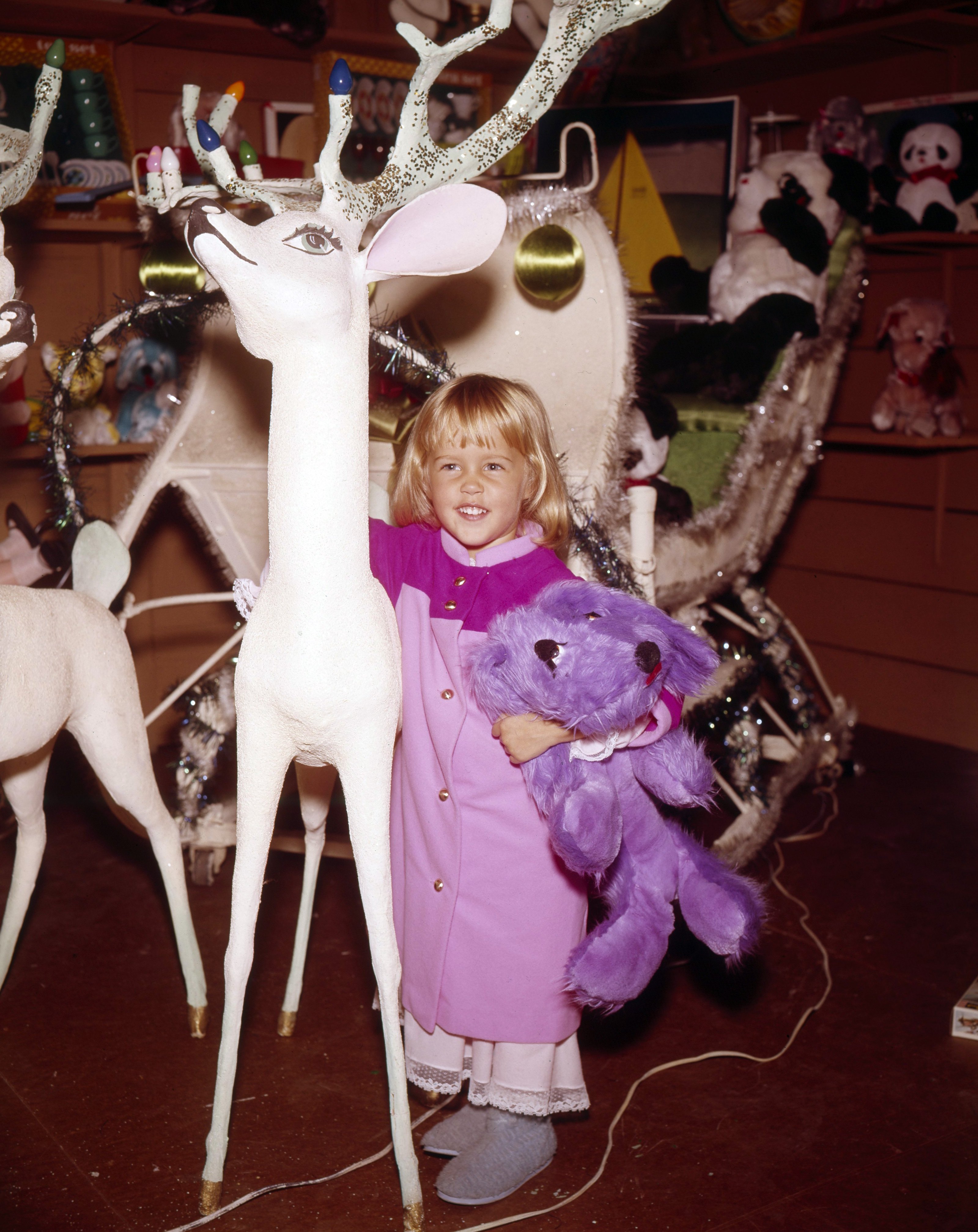
The child actress photographed on December 21, 1967 | Source: Getty Images
Her Rise to Stardom: A Familiar Face in American Living Rooms
She was born in Encino, California, on June 17, 1964. By the age of two, she was already working in television, landing the role that would define her early years. Cast as Tabitha Stephens, the daughter of Samantha and Darrin on the hit series "Bewitched," she quickly became one of the most recognizable child actors of her time.

The child actress pictured with fellow "Bewitched" cast members, circa 1966 | Source: Getty Images
She initially shared the role with her fraternal twin sister during the show's third season. But as the sisters grew older and their appearances changed, the role was given solely to her. Between 1966 and 1972, she appeared in 103 episodes of the show, portraying a young witch coming into her powers with charm and ease.
Outside of "Bewitched," she made brief appearances on other shows, including "Lassie" in 1973, and took a part in the 1979 film "Deadly Fighters." She also worked as a swimwear model for Hang Ten, though acting remained her primary public role during those years.
The Quiet Goodbye: Why She Stepped Away from Hollywood
When "Bewitched" ended, offers continued to come in. But instead of chasing them, she turned most of them down, sometimes in favor of simple childhood experiences. One of the offers she declined was a role on "The Waltons" so she could attend Girl Scout camp.
Eventually, her family relocated to Orange County, and she limited her work to guaranteed jobs in Los Angeles, avoiding auditions altogether. She no longer wanted to sit in casting rooms full of children who looked just like her, waiting for a callback that might never come.
"I walked away from the business before maybe the business kicked me out," she explained. With a strong sense of identity and little interest in external validation, she continued to accept occasional roles on her own terms.
She remembered actually enjoying the audition process as a child, especially because it gave her the chance to reconnect with friends. But once the fun of it wore off, she saw no reason to stay in the cycle.
Her Life Away from the Cameras
After stepping away from acting full-time, she didn't vanish. She just moved behind the scenes. Though she no longer had an agent, she continued to take on select acting jobs, usually small roles in web series, indie films, or projects for friends.
Many of these parts leaned into her past, allowing her to play either herself or characters that reflected her early fame. She made brief appearances in "Youthful Daze" (2014) and "The Comeback Kids" (2014–2015), where she played a fictionalized version of herself in a story centered around former child actors.
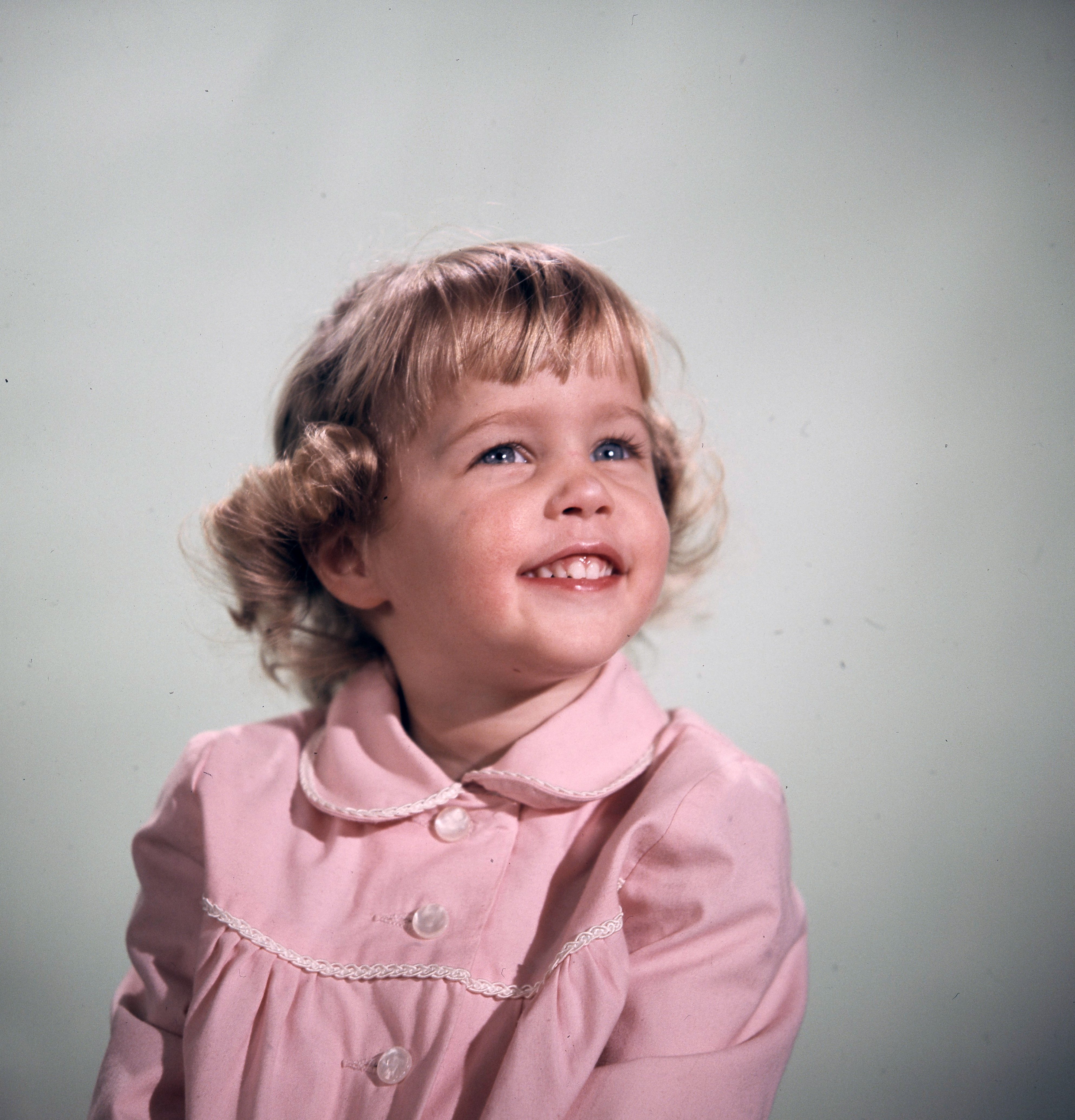
The actress photographed on March 30, 1967 | Source: Getty Images
This self-referential style continued in "Life Interrupted" (2017), where she played Nina Woodworth, and in the short film "I Might Be Famous," also released in 2017. Then in 2019, she briefly returned to the role that made her famous.
In a single episode of "TV Therapy," she once again played Tabitha Stephens, this time reimagined as an adult in therapy. It was a playful but full-circle moment that gently acknowledged her legacy without trying to recreate it.
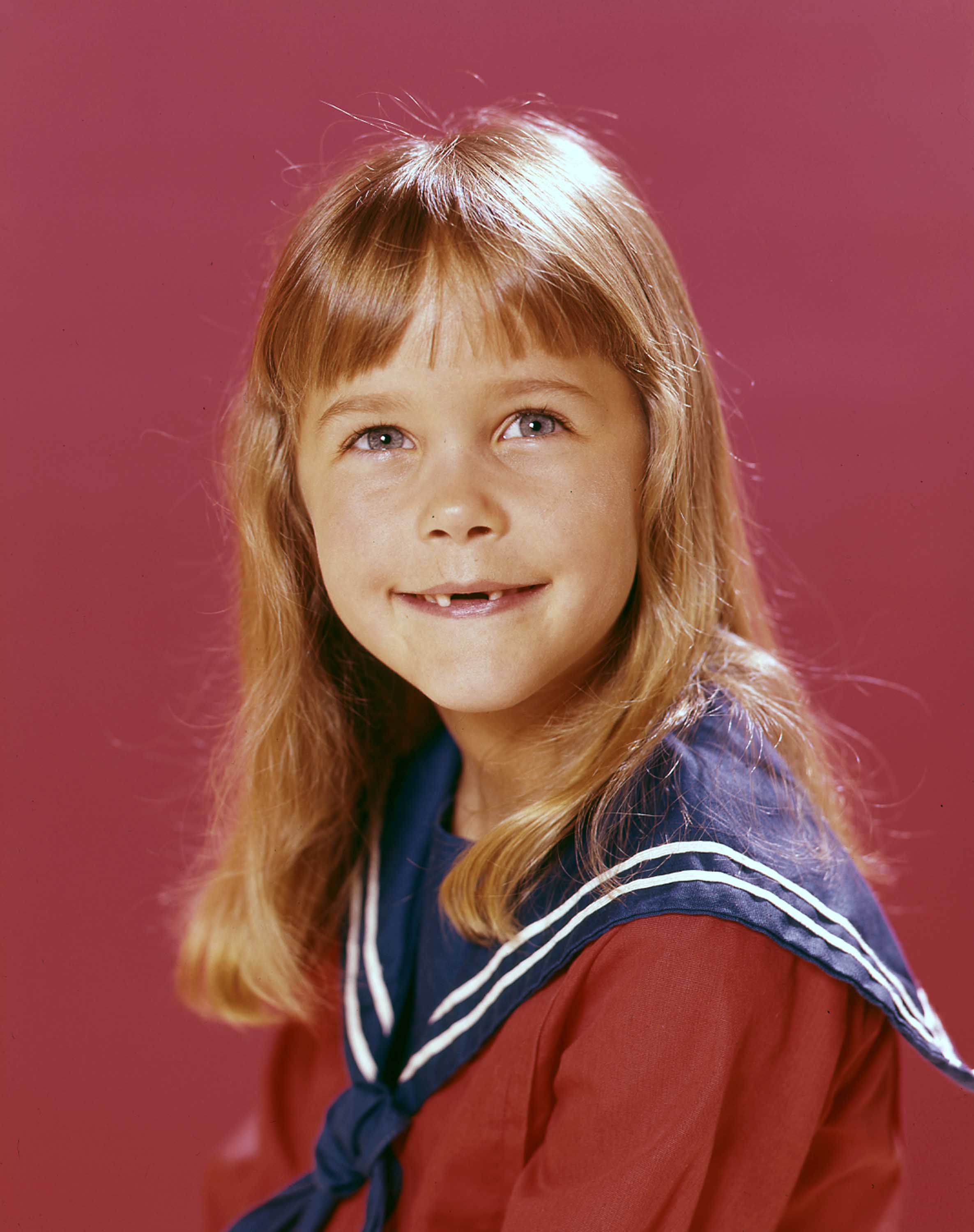
The actress on June 13, 1971 | Source: Getty Images
Meet the Actress, Advocate, and Mother of Six
Her name is Erin Murphy, and while many still remember her as Tabitha Stephens from "Bewitched," her most enduring role has been off-screen: mother to six boys. She describes her sons not as a group that shares one path, but as individuals, "as different as six people could be."
Her approach to parenting has always been rooted in encouragement, not control. Rather than push her children toward any specific goal, she focused on helping them discover what they love and pursue it fully. Over the years, she's raised them to share her optimistic outlook and love for life's possibilities.
That optimism was tested and deepened when one of her sons, Parker, was diagnosed with autism. The diagnosis didn't change her parenting philosophy — it reinforced it. She chose to meet it with focus, patience, and action.
As the boys grew up, so did her involvement in causes close to her family's experience, especially those tied to neurodiversity and support for children with developmental differences.
Life with Autism: Learning, Adapting, and Giving Back
Murphy had been involved in children's charities long before autism became part of her family's daily life. But when Parker was diagnosed, her focus shifted. Advocacy took on a personal dimension. She began dedicating time to causes related to autism. The actress attended board meetings, volunteered at various events, and spoke with parents seeking support.
In 2020, Murphy shared that every Sunday, she and Parker attended a surf therapy program through Mighty Under Dogs in partnership with the Malibu Foundation. The weekly sessions were a powerful part of their routine.
"It's changed his life," she wrote at the time. The experience combined structure, sensory engagement, and friendship, supporting his growth beyond clinical environments. Murphy has also spoken about her broader view on giving back.
"I've always volunteered," she shared. "I have a strong belief that you need to give back." She described using red carpet appearances to highlight meaningful topics, stating that if she's going to be in the public eye, she'd rather focus on something important than discuss her outfit.
Understanding Autism: A Brief Medical Overview
Autism, or autism spectrum disorder (ASD), is a developmental difference that affects how the brain processes social behavior, communication, and daily functioning. It causes people — both children and adults — to interact, communicate, and respond to their environments in unique ways.
The signs often appear early in life, sometimes before the age of two. Autism traits generally fall into two main groups. The first involves difficulties with social communication and interaction, challenges that affect how a child socializes, reads body language, or maintains eye contact.
The second involves restricted or repetitive behaviors, interests, or activities, such as repeating the same movements or focusing intensely on specific routines. Some early signs of autism may include:
- Limited or no eye contact
- Unusual or repetitive body movements (like hand flapping)
- Repeating the same words or phrases
- Difficulty understanding facial expressions or tone of voice
- A strong preference for routines or sameness
While autism affects each person differently, support is available to help individuals manage challenges and build on their strengths. There are several therapies designed specifically for children with autism, including behavioral therapies, speech and occupational therapy, and family-based approaches.
These methods not only support the child but also teach parents and caregivers how to create effective routines and communication strategies. Experts emphasize the importance of early intervention. The earlier a child begins receiving support, ideally before age three, the more likely they are to benefit in the long term.
With the right structure and understanding, children with autism can thrive in both home and school settings. Murphy has remained careful not to make claims about the causes, but acknowledged that both genetic and environmental factors may play a role.
"They don't know what it is yet, but there's something out there… and it's been proven that in certain areas it's more prevalent," she said. For Murphy, understanding autism wasn't just about research. It was about reshaping daily life.
As she adapted to her son's needs, her focus remained steady: give him the support he needs, while continuing to live fully and with intention. That mindset has shaped not only her advocacy but her entire outlook on life.
Gratitude and Grounding
Murphy has described her years as a child actor in positive terms, pointing to the experiences and opportunities that came from working in the industry at a young age. She credited that time for allowing her to travel widely, own a home on the beach, and connect with people she admired.
While acknowledging the long hours, she made clear that the benefits outweighed the challenges. She has spoken about raising her children with a focus on perspective and resilience, encouraging them to enjoy life and approach setbacks with humor.
By 2020, Murphy had purchased her dream car, a Tesla, and her dream house on the beach. With three of her children still living at home at the time, she was deciding whether to return to regular work or continue taking on occasional projects. She described being in a transitional period, weighing her options while making time to enjoy what she had built.
The information in this article is not intended or implied to be a substitute for professional medical advice, diagnosis or treatment. All content, including text, and images contained on news.AmoMama.com, or available through news.AmoMama.com is for general information purposes only. news.AmoMama.com does not take responsibility for any action taken as a result of reading this article. Before undertaking any course of treatment please consult with your healthcare provider.
